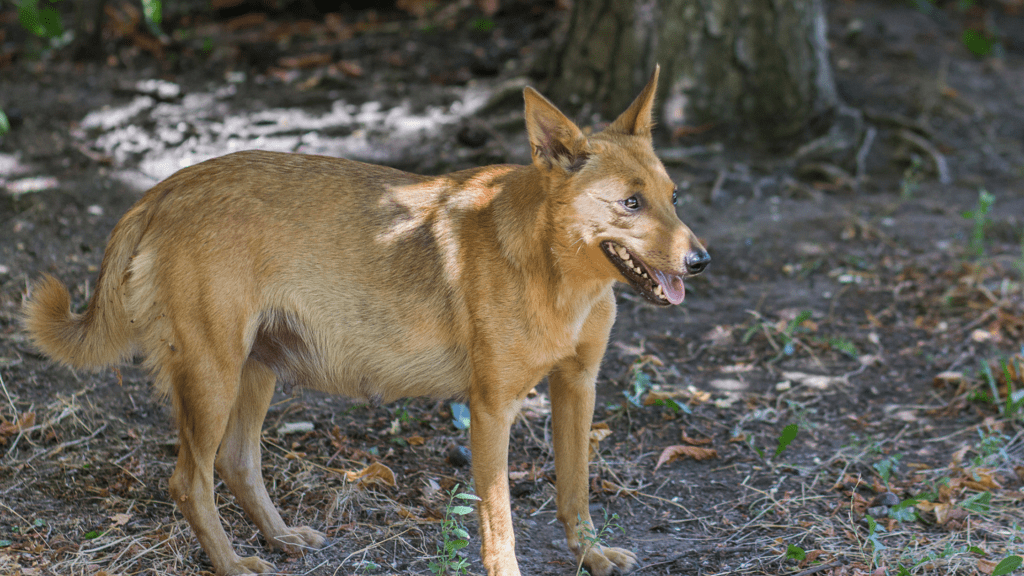Can Dogs Get Hiccups? Everything About Puppy Hiccups
If you’ve ever watched your dog suddenly start making strange, involuntary “hic” sounds and wonder, “Can dogs get hiccups?”—you’re not alone. Many dog owners are taken by surprise when they witness their furry companions experiencing hiccups. In fact, it’s a common occurrence that most dogs will encounter at least once in their lifetime.
Hiccups in dogs, particularly puppies, might seem odd, but rest assured, they are usually harmless.According to a study by the American Kennel Club (AKC), about 10-20% of dogs are likely to experience hiccups.
In this comprehensive guide, we’ll explore what hiccups are, why they happen, and most importantly, how to stop them. Whether you’re trying to understand the cause of puppy hiccups or find out how to relieve hiccups in dogs, we’ve got you covered.
What Are Hiccups in Dogs?
Understanding the Cause of Hiccups in Dogs
Hiccups in dogs occur when the diaphragm—the muscle that separates the chest and abdomen—experiences involuntary spasms. These spasms cause a sudden contraction, which leads to the closure of the vocal cords and the familiar “hic” sound. The occurrence of hiccups results from an involuntary reflex that can be triggered by a variety of factors. For dogs, hiccups tend to be more common during puppyhood due to their faster metabolism and development stage, but adult dogs can experience them too.
The sound and pattern of hiccups in dogs are often similar to those in humans, but the frequency and duration can vary from dog to dog. Some hiccups last only a few minutes, while others can last longer, depending on the cause.
Are Puppy Hiccups Normal?
Puppy hiccups are very common and generally harmless. In fact, they are considered a normal part of puppy development. Puppies, like human babies, often have more erratic breathing patterns and higher energy levels, which can lead to frequent hiccups. These contractions in the diaphragm are typically short-lived and tend to go away on their own.
While puppy hiccups are nothing to worry about, they can sometimes indicate that the puppy is eating too quickly, over-exerting itself, or simply adjusting to a new environment. The good news is that these hiccups are usually temporary and diminish as the puppy matures.
Why Do Dogs Get Hiccups?
Hiccups in dogs can be caused by a variety of factors, from eating too quickly to excitement. Below is a breakdown of the most common reasons why dogs get hiccups:
| Cause | Explanation |
| Eating or Drinking Too Quickly | When dogs consume food or water too quickly, they may swallow air along with their meal, which can irritate the diaphragm and lead to hiccups. |
| Excitement or Anxiety | Intense emotions, such as excitement or anxiety, can cause rapid breathing, which may trigger involuntary diaphragm spasms. Puppies are especially prone to this. |
| Temperature Fluctuations | Sudden temperature changes, such as drinking cold water after a workout, can cause the diaphragm to contract unexpectedly. |
| Physical Activity | After intense play or physical exertion, dogs may develop hiccups as a result of the body trying to catch up with its increased energy expenditure. |
| Digestive Problems | Gas or an upset stomach can sometimes cause the diaphragm to contract, leading to hiccups. |
Common Causes of Hiccups in Dogs Explained
- Eating or Drinking Too Quickly
One of the most common reasons dogs get hiccups is due to eating or drinking too quickly. When dogs gulp their food or water, they often swallow air as well, which irritates the diaphragm. This excess air can cause the diaphragm to contract involuntarily, leading to hiccups. This is especially common in breeds with shorter noses, such as Bulldogs and Pugs, as they tend to eat faster due to their unique snout structure. - Excitement or Anxiety
Excitement, stress, or anxiety can also lead to hiccups in dogs. When dogs become overly excited or stressed, they tend to breathe rapidly, which can trigger hiccups. Puppies, in particular, can experience hiccups when they are playing, meeting new people, or being introduced to new environments. Stress-related hiccups are often short-term and subside once the dog has calmed down. - Temperature Changes
Dogs, like humans, can be sensitive to temperature fluctuations. For example, drinking cold water after a vigorous play session or exposure to sudden temperature changes can lead to spasms in the diaphragm. The change in body temperature can cause the muscle to contract uncontrollably, resulting in hiccups. - Physical Activity
Dogs that engage in intense physical activity—such as running, playing, or jumping—may develop hiccups. This can happen because the diaphragm is engaged in breathing rapidly during exercise, and the strain on the body can cause the diaphragm to spasm. Hiccups typically subside after the dog rests and catches its breath. - Digestive Issues
In some cases, hiccups can be caused by digestive issues, such as gas buildup or an upset stomach. If a dog experiences frequent bloating or indigestion, the pressure on the diaphragm can cause it to contract involuntarily. This is often accompanied by other symptoms, like burping or vomiting.
How to Stop Hiccups in Dogs
1. Offer Water or a Small Treat
One of the simplest ways to help your dog stop hiccups is by offering them water or a small treat. The act of swallowing can help reset the diaphragm, stopping the involuntary contractions. Make sure to offer the water slowly to avoid gulping, which could cause more air to be swallowed.
2. Change Their Activity Level
If your dog’s hiccups are due to excitement or physical exertion, a simple change in activity can help. Encourage your dog to calm down by sitting quietly or taking a break from play. Allowing them to relax gives their diaphragm time to return to its normal state.
3. Gently Massage Their Chest or Throat
A gentle massage on your dog’s chest or throat can provide relief. Massaging the diaphragm area can help relax the muscle and stop the spasms. Use calm, soothing strokes and avoid any aggressive movements that might cause discomfort.
4. Offer a Distraction
Sometimes, distracting your dog with a new activity or toy can help break the hiccup cycle. Engaging their attention in something else allows them to focus less on the hiccups and more on the new task at hand, helping to calm them down.
5. Create a Calm Environment
If your dog’s hiccups are caused by stress or anxiety, providing a calm environment can be highly effective. Dim the lights, play soothing music, and allow your dog to lie down in a quiet space. A relaxed environment can help reduce their anxiety and, in turn, stop the hiccups.
How to Get Rid of Puppy Hiccups
Puppy hiccups are common and usually harmless, but they can be a bit more frequent than in adult dogs. Here’s what you can do to get rid of puppy hiccups:
- Slow Down Their Eating Habits
One of the most effective ways to prevent puppy hiccups is to control how fast they eat. Puppies are often eager to eat, which can result in gulping their food quickly. Using a slow feeder or spreading out their food over a larger area can help slow down their eating and prevent air swallowing. - Hydration and Rest
Encourage your puppy to drink water slowly and provide them with ample opportunities to rest. Dehydration and overexertion can both contribute to hiccups, so ensuring that your puppy is well-rested and hydrated can help minimize the occurrence of hiccups. - Create a Relaxed Environment
Like adult dogs, puppies that are stressed or excited can experience hiccups. Ensure that your puppy has a calm, quiet environment to relax in after playtime. Soft music or a cozy spot to nap in can help soothe their nerves and prevent further hiccups. - Massage and Gentle Cuddles
Massaging your puppy’s belly or gently cuddling them can help soothe their diaphragm and relieve hiccups. Gentle belly rubs will also help to calm their digestive system, which may prevent further hiccups.
When to See a Veterinarian
Although hiccups are typically harmless in dogs, there are situations where they may indicate a more serious health issue. If your dog’s hiccups persist for more than a few hours, are accompanied by other concerning symptoms, or if they seem to be causing distress, it’s important to seek veterinary advice. Persistent hiccups can sometimes be linked to gastrointestinal issues, respiratory problems, or even neurological conditions. A veterinarian will be able to provide a thorough examination to identify any underlying causes.
Conclusion: Can Dogs Have Hiccups?
In conclusion, while hiccups in dogs—whether in puppies or adults—are usually a harmless and temporary condition, they can be quite an amusing phenomenon. Understanding the causes and learning how to get rid of puppy hiccups or stop hiccups in dogs can help ensure your dog is comfortable and content. If hiccups persist or occur alongside other symptoms, a veterinarian can help rule out any underlying health issues.
By following simple steps like slowing down your dog’s eating, encouraging relaxation, and providing water, you can help your dog through the occasional hiccup episode and keep them healthy and happy.
FAQs
1. Can dogs get hiccups after eating?
Yes, dogs can get hiccups after eating, especially if they eat too quickly. This can cause them to swallow air, which leads to hiccups. Slow feeders can help manage this issue.
2. Why does my dog get hiccups when excited?
Excitement or stress can cause rapid breathing, which leads to spasms in the diaphragm. This is more common in young puppies and highly energetic dogs.
3. How can I stop my dog’s hiccups from happening frequently?
To reduce frequent hiccups, make sure your dog eats slowly, avoids sudden temperature changes, and has enough time to rest between activities.
4. Can hiccups in dogs be a sign of something serious?
In most cases, no, but if your dog’s hiccups are persistent, accompanied by vomiting or lethargy, or if they last for an extended period, consult a veterinarian.
5. Do older dogs get hiccups?
Older dogs can get hiccups, but it’s less common. If your senior dog has frequent hiccups, it could be a sign of an underlying issue, so a vet visit may be necessary.


 Fact: According to the American Society for the Prevention of Cruelty to Animals (ASPCA), over
Fact: According to the American Society for the Prevention of Cruelty to Animals (ASPCA), over 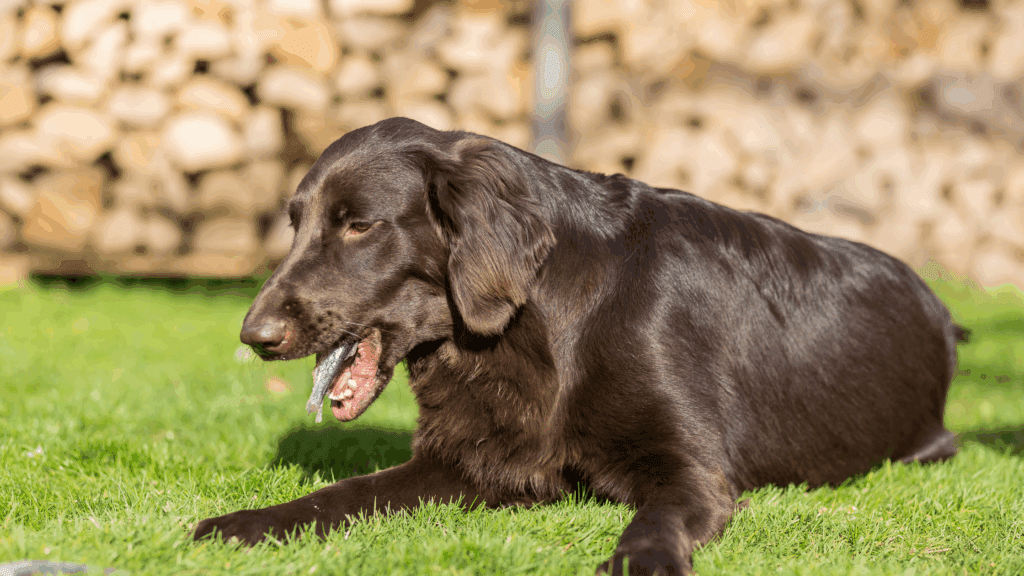



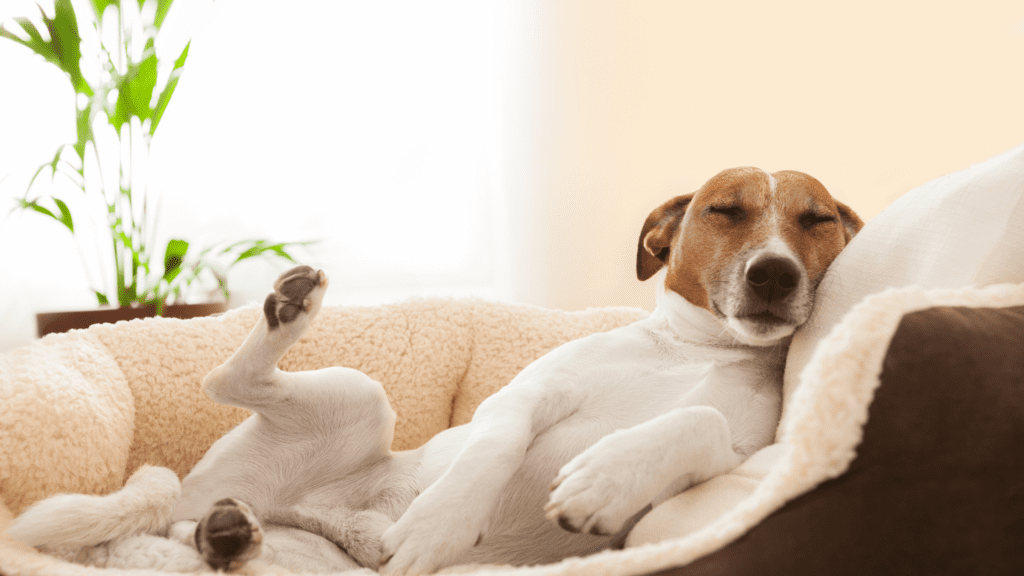

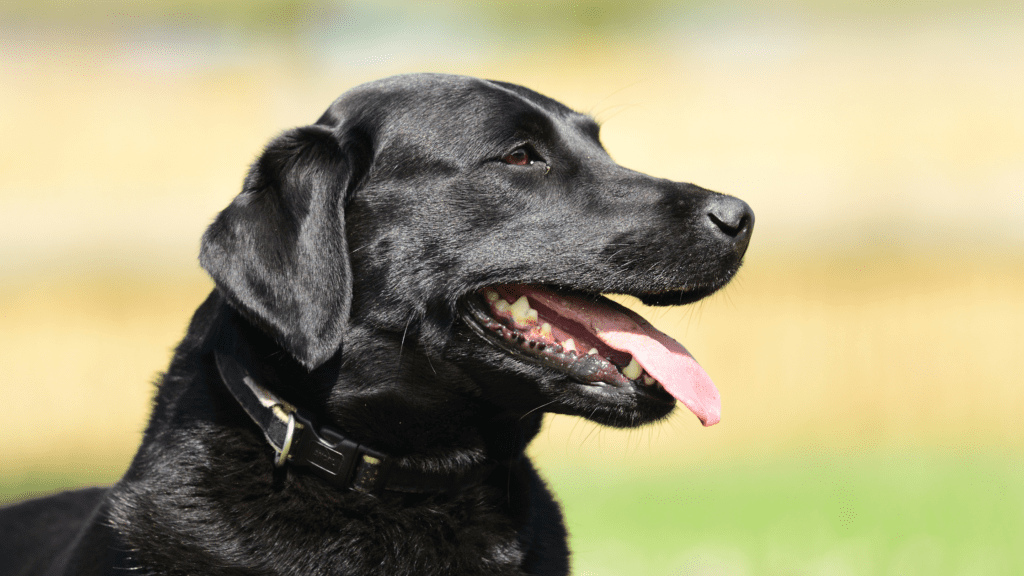

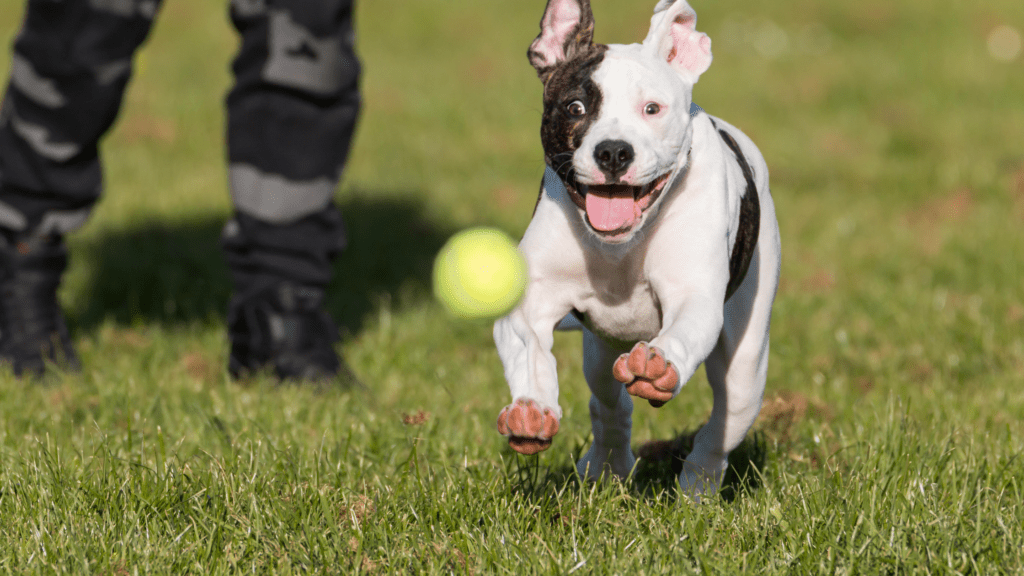
 #1
#1
 Fact: According to research published by Banfield Pet Hospital,
Fact: According to research published by Banfield Pet Hospital, 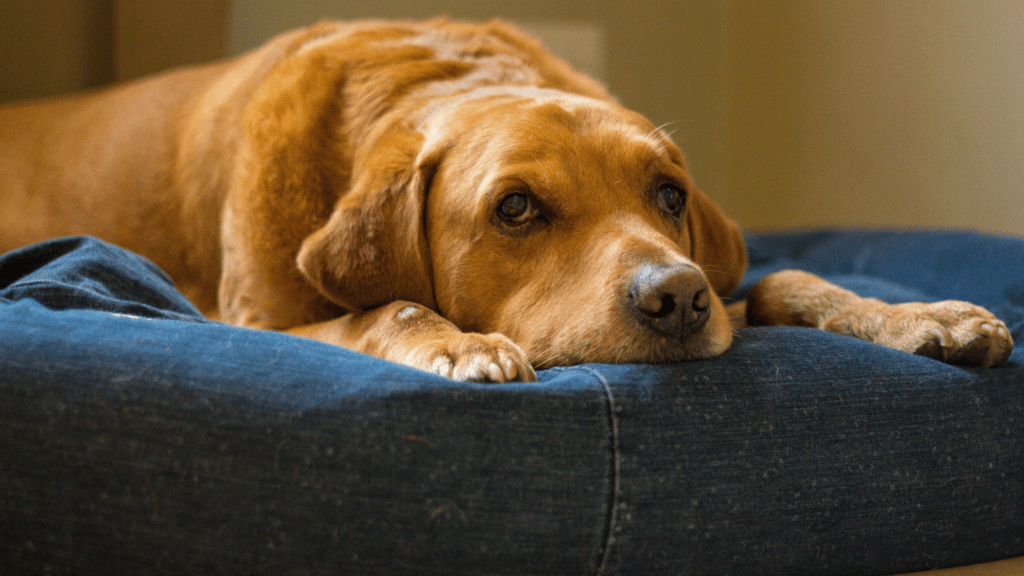
 Study: A University of Georgia study found spayed/neutered dogs lived an average of 1.5 years longer.
Study: A University of Georgia study found spayed/neutered dogs lived an average of 1.5 years longer.
 Stat Alert: The
Stat Alert: The 